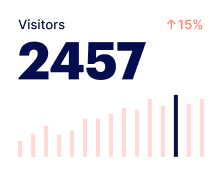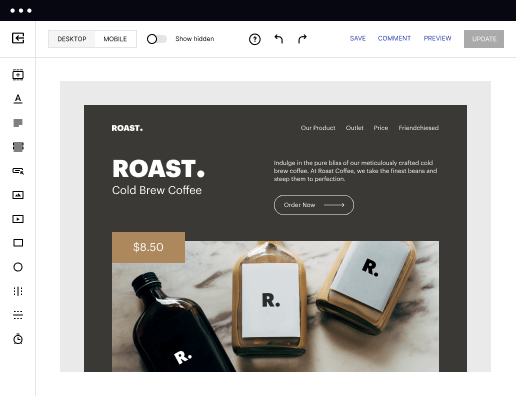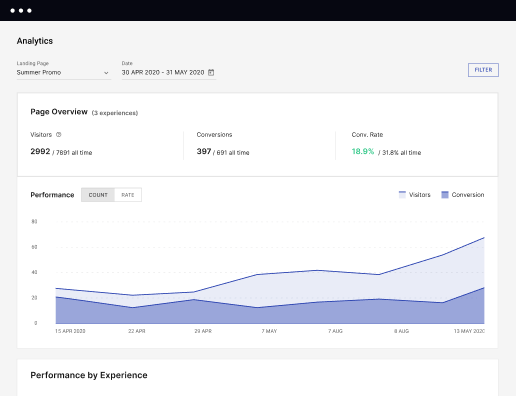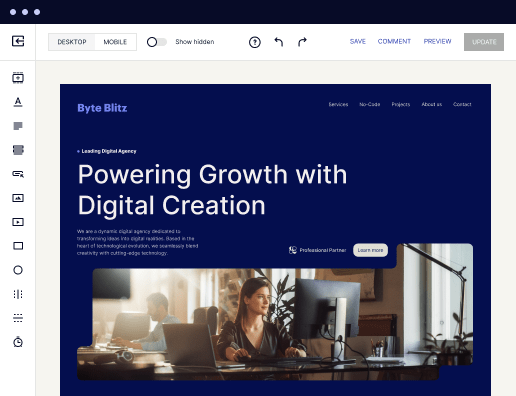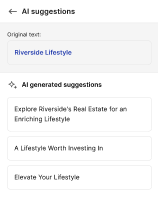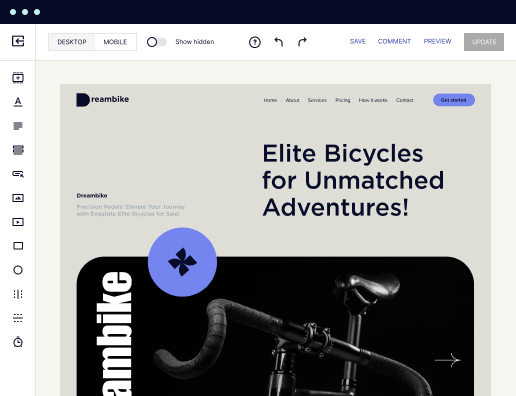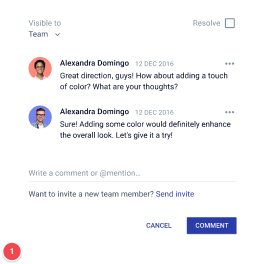Make your tailored blog page for PHP developers
Empower PHP developers with Instapage to deliver impactful blog page experiences and boost conversions.
Creating an Effective Blog Page for PHP Developers
Creating a blog page specifically tailored for PHP developers requires a strategic approach that emphasizes usability and relevance. Instapage's landing page experience allows marketers in various sectors, including tech and education, to craft pages that resonate with their target audience, ultimately enhancing brand trust and conversion rates. With flexible design tools and personalization capabilities, your blog can capture the attention of PHP developers and drive engagement effectively.
Step 1: Define Your Audience and Goals
Identifying your audience is crucial for creating a focused blog page. For PHP developers, it’s important to consider their needs and interests. Start by outlining the goals of your blog. Are you aiming to educate, inform, or engage? Here are some considerations to keep in mind:
- Identify core topics relevant to PHP development, such as frameworks, best practices, and performance optimization.
- Determine the tone and style of content that resonates with PHP developers, whether it’s technical, casual, or professional.
- Outline the specific goals of your blog posts – increases in conversion, engagement rates, or subscriber numbers.
Step 2: Utilize Instapage's Flexible Templates
Utilize Instapage's library of conversion-focused templates designed specifically for tech audiences. This allows for rapid deployment without the need for coding expertise. Choose layouts that highlight your blog content while ensuring they are mobile-friendly:
- Select a template that emphasizes readability with clear fonts and contrasting colors.
- Incorporate multimedia elements, like images and videos, to enrich the content visually.
- Ensure easy navigation to encourage users to explore more articles on PHP best practices.
Step 3: Optimize for Conversion and Engagement
To boost your blog's effectiveness, implement optimization techniques tailored for PHP developers. Apply A/B testing and heatmaps to evaluate user behavior:
- Use A/B testing to refine elements such as headlines and call-to-action buttons, tailoring them to PHP interest.
- Analyze heatmaps to understand which sections attract attention and adjust accordingly to keep content relevant and engaging.
- Incorporate dynamic text that resonates with repeat visitors, ensuring that returning PHP developers see updated and personalized content.
In conclusion, creating a blog page for PHP developers with Instapage is a systematic approach that combines audience understanding, template flexibility, and ongoing optimization for success. Use these tips to provide valuable, actionable content that resonates with your audience.
Ready to enhance your blog for PHP developers? Sign up for Instapage today and take the first step toward creating targeted, effective landing pages that convert.
Get more out of Make your blog page for PHP developers
Improve your Quality Score with quick load technology for landing pages
Increase conversions with content that aligns with your ads and audiences
Achieve maximum ROI by scaling your marketing initiatives
Leading the way in building high-performing landing pages





FAQs
See how to make your blog page for php developers in action
Ready to skyrocket conversions?
Supercharge your ad campaigns with high-performing landing pages.
Get started
